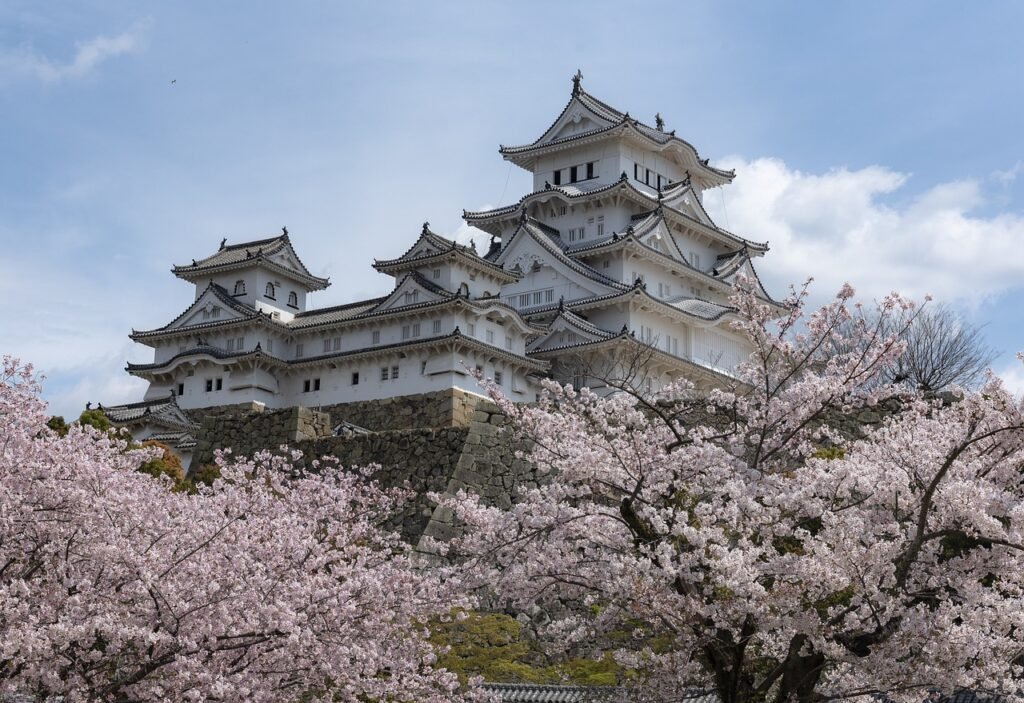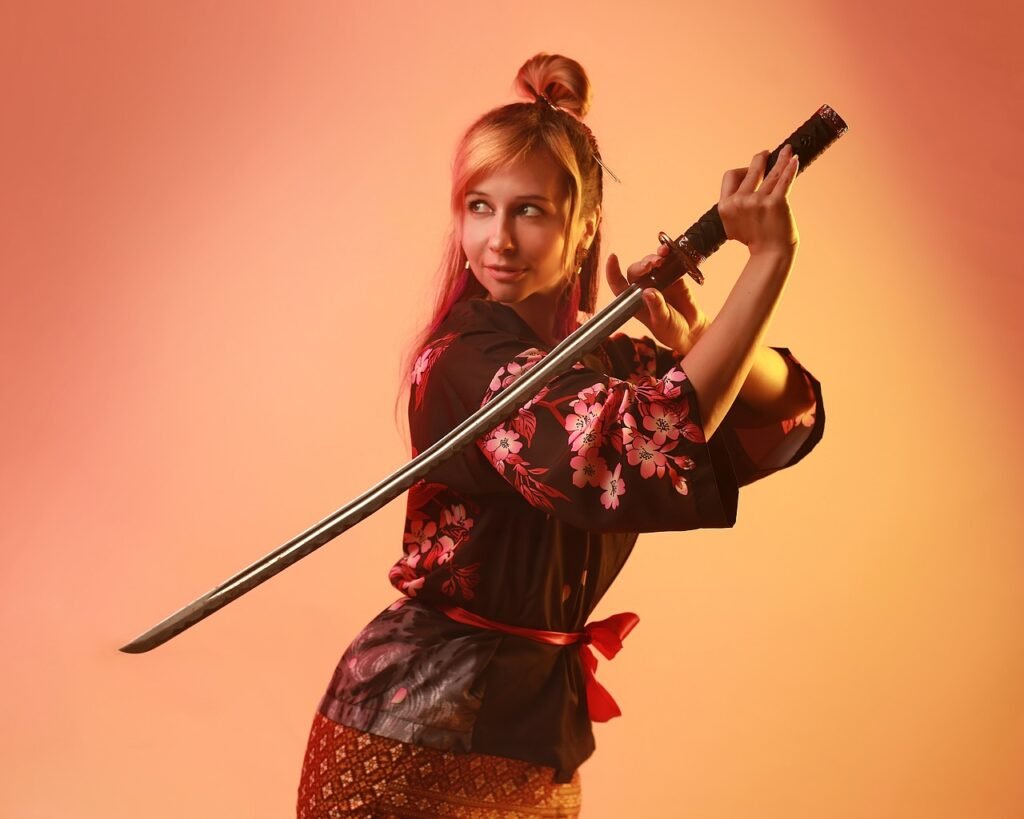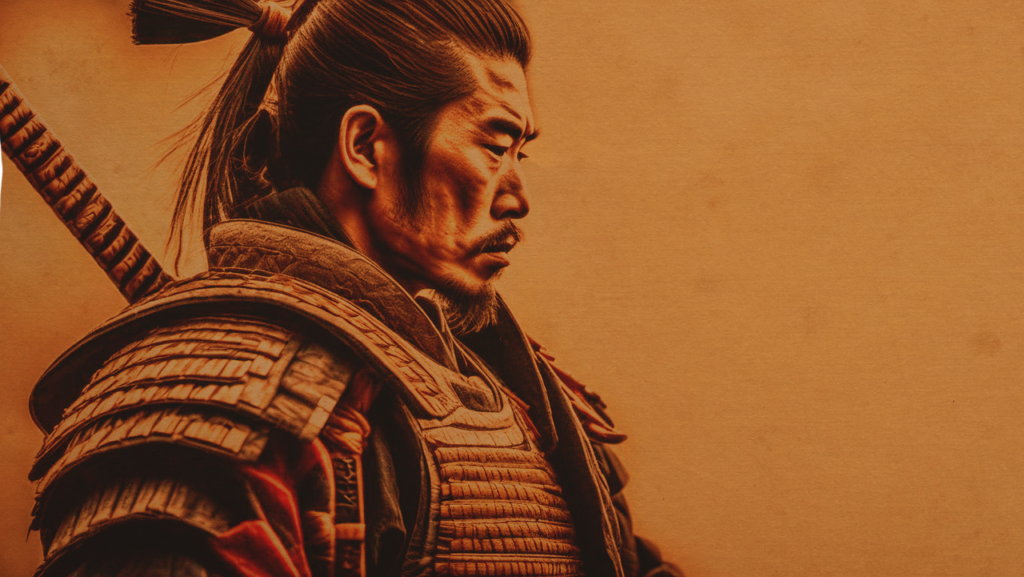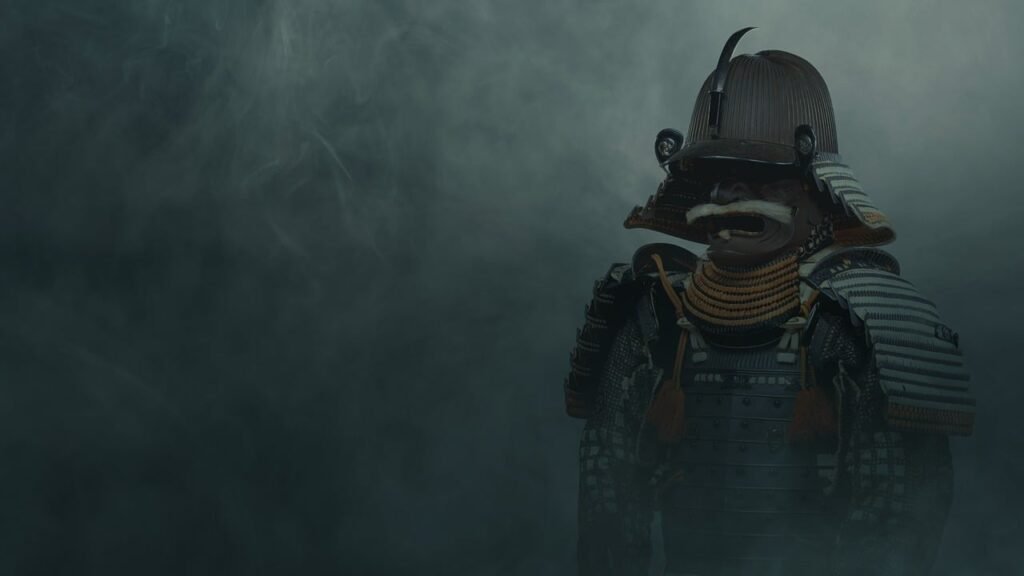The samurai: a term that resonates with the clang of steel and the whispers of silk, encapsulating the essence of warriors who shaped an era with their unyielding dedication and extraordinary martial prowess. Their saga is a tapestry of honor, combat, and a code that transcended the mere act of serving—it was an embodiment of life itself.

The Dawning of the Daisho
The early days of the samurai were as rugged as the terrain of feudal Japan itself. They emerged from the shadows of history as clan warriors, the original “enforcers,” tasked with quelling uprisings and escorting tax collectors (arguably the less glamorous side of being a warrior). But make no mistake, by the 14th century, they had carved out a niche as the crème de la crème of fighters, a caste of warriors whose very name commanded respect.

The Katana and Wakizashi: A Duo of Destruction
The samurai’s arsenal was a symphony of steel. The katana, with its blade length rivaling that of a toddler’s height, was not merely a weapon; it was the soul of the samurai. Its companion, the wakizashi, was not just a “sidekick” sword; it was the ultimate tool for close-quarters mayhem and, in darker times, a means to an honorable end through seppuku. Together, they formed the daisho, symbols of the warrior’s status and skill.
Armor: The Silk, Iron, and Leather Symphony
The samurai’s “uniform” might evoke images of silk kimonos fluttering in the breeze, but when it came to battle, they suited up! Their armor was a marvel of functional artistry. The kabuto (helmet) was the crown jewel, often adorned to the point of being a walking status update. From neck to shin, the samurai were sheathed in lacquered iron plates, tied with leather and silk, providing a freedom knights in clunky plate armor could only dream of.

The Samurai’s Creed: Bushido
The heart of the samurai was not in their blades but in their Bushido. This wasn’t some dusty old scroll of do’s and don’ts; it was a way of life. Influenced by Confucianism, Zen Buddhism, and Shinto, it was a code that preached justice, honor, and sincerity with a dash of altruism. “Death before dishonor” was the real deal—no mere catchphrase but a creed etched deep into the samurai’s soul.
The Last Stand and the Enduring Legacy
The samurai met their twilight during the Meiji Restoration, with the Satsuma Rebellion being their swan song. The clash at Shiroyama was less a battle and more an epic, tragic ballet, where the samurai, ever valiant, faced insurmountable odds. Their defeat was inevitable, yet their spirit refused to be extinguished, fueling Japan’s martial vigor in subsequent conflicts.
Samurai Swords: From Battlefield to Trophy Case
The samurai sword, a beacon of the “samurai spirit,” persisted as a symbol of might and tradition, even as the world around it transformed. Japanese officers in World War II carried these anachronistic arms as emblems of their heritage, and they became prized possessions of American GIs, trophies of a warrior ethos that refused to fade.
In Conclusion: The Samurai’s Echo
The samurai have transcended their earthly existence to become legends. Their ethos, encapsulated in the Bushido, continues to inspire and influence to this day, proving that while the samurai era has ended, its spirit remains indomitable, resonating through the ages.
So, let’s chuckle at the notion of armored tax escorts and acknowledge the samurai as more than just their weapons—they were the very pulse of a world where honor was worth more than life itself. Their legacy? A tale not of the blade, but of the indomitable human spirit, immortalized in history and legend.
- Are There Tigers in Japan? Discover the Surprising Truth Behind These Majestic Creatures! - August 3, 2025
- Discover the Charm of Nagoya: Top 10 Must-Do Experiences - November 9, 2023
- Embracing the Samurai Spirit: Beyond the Blade - November 7, 2023
